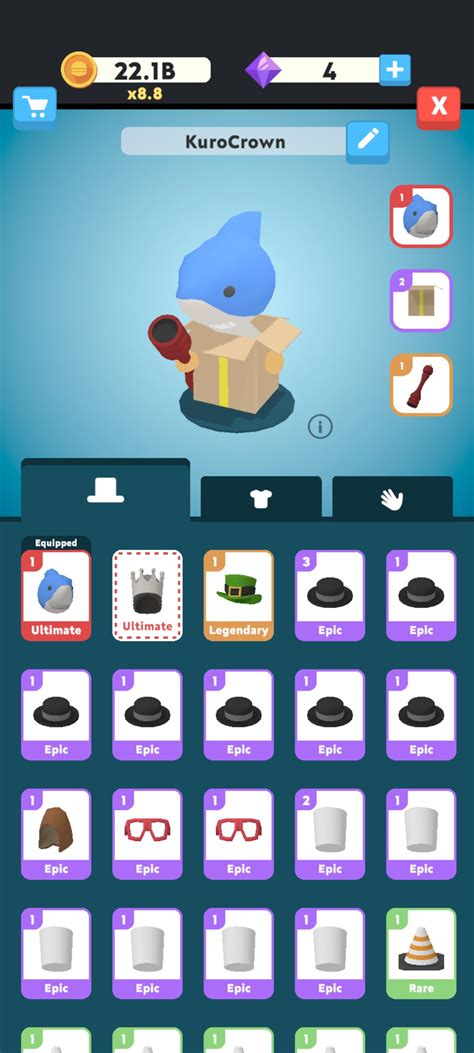EatVenture Blueprint Recipe: A Guide to Crafting Engaging Food Blog Content
Are you ready to take your food blog to the next level? This EatVenture blueprint recipe will provide you with the essential ingredients to create engaging, SEO-optimized content that will attract readers, boost your search rankings, and build a thriving online presence. Let's dive into the delicious details!
I. Understanding Your Audience & Niche
Before you even think about crafting a single recipe, you need a clear understanding of your target audience. Who are you writing for? What are their interests, culinary skills, and dietary restrictions?
Defining Your Niche
Are you focusing on:
- Specific cuisines? (e.g., Italian, Mexican, vegan)
- Dietary needs? (e.g., gluten-free, keto, paleo)
- Cooking styles? (e.g., slow cooker recipes, air fryer recipes, quick and easy meals)
- Skill levels? (e.g., beginner, intermediate, advanced)
A well-defined niche will help you attract a loyal following of readers who are genuinely interested in your content.
II. Keyword Research: The Secret Sauce
Keyword research is the backbone of successful SEO. It helps you understand what terms people are actually searching for when looking for recipes like yours. Use tools like Google Keyword Planner, Ahrefs, or SEMrush (though this guide won't direct you to specific tools) to find relevant keywords with decent search volume and low competition.
High-Volume Keywords vs. Long-Tail Keywords
- High-volume keywords: These are general terms with high search volume, like "chicken recipes." Competition is fierce here, so it's important to have exceptional content.
- Long-tail keywords: These are more specific phrases with lower search volume but less competition. Examples include "easy weeknight chicken breast recipes for beginners" or "healthy chicken and vegetable stir-fry recipe." Focusing on long-tail keywords can be a more effective strategy for new blogs.
III. Recipe Optimization: The Star Ingredient
Your recipe itself needs to be top-notch. This means:
- Clear and concise instructions: Use bullet points or numbered lists for easy readability.
- High-quality photos: Stunning photos are essential for attracting readers. Use natural light and pay attention to composition.
- Accurate measurements: Use standard measuring units and be precise.
- Detailed ingredient list: Include all ingredients, with their quantities and any specific notes (e.g., "freshly squeezed lemon juice").
- Nutritional information (optional but recommended): Include calorie counts, macros, etc., if possible. This can attract a health-conscious audience.
IV. Content Enhancement: The Garnish
Don't just stop at the recipe! Enhance your blog post with:
- Engaging storytelling: Share the story behind the recipe, your personal experiences, or any interesting facts related to the dish.
- Tips and tricks: Offer helpful advice for making the recipe even better.
- Frequently asked questions (FAQ): Address common questions readers might have.
- Related recipes: Suggest other recipes that complement the main dish.
- Internal and external links (carefully selected): Link to other relevant posts on your blog and (when appropriate and relevant) to other reputable sources.
V. SEO Optimization: The Flavor Booster
- Optimize your title tag and meta description: These are crucial for attracting clicks from search results. Incorporate your main keyword naturally.
- Use header tags (H1-H6): This helps organize your content and makes it easier for search engines to understand your topic.
- Optimize images: Use descriptive filenames and alt text that include relevant keywords.
- Build backlinks: Earn links from other reputable websites in your niche. (Again, this is not a guide on how to do that, but rather a conceptual inclusion within the overall topic.)
VI. Promoting Your Content: The Serving Suggestion
- Social media: Share your recipe on relevant social media platforms.
- Email marketing: Build an email list and send out newsletters featuring your latest recipes.
- Engage with your readers: Respond to comments and questions. Foster a community around your blog.
By following this EatVenture blueprint recipe, you can create compelling food blog content that will not only attract readers but also improve your search engine rankings. Remember that consistent effort and a passion for food are key ingredients to success!
